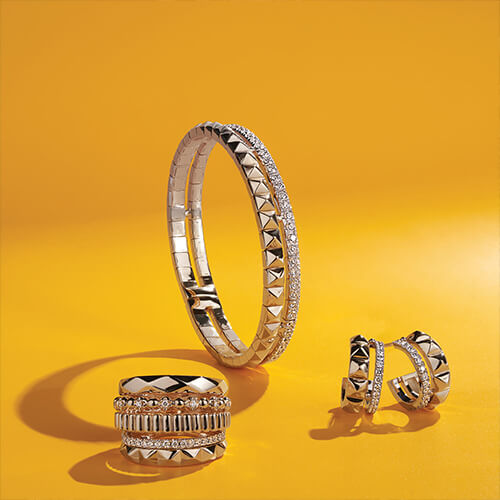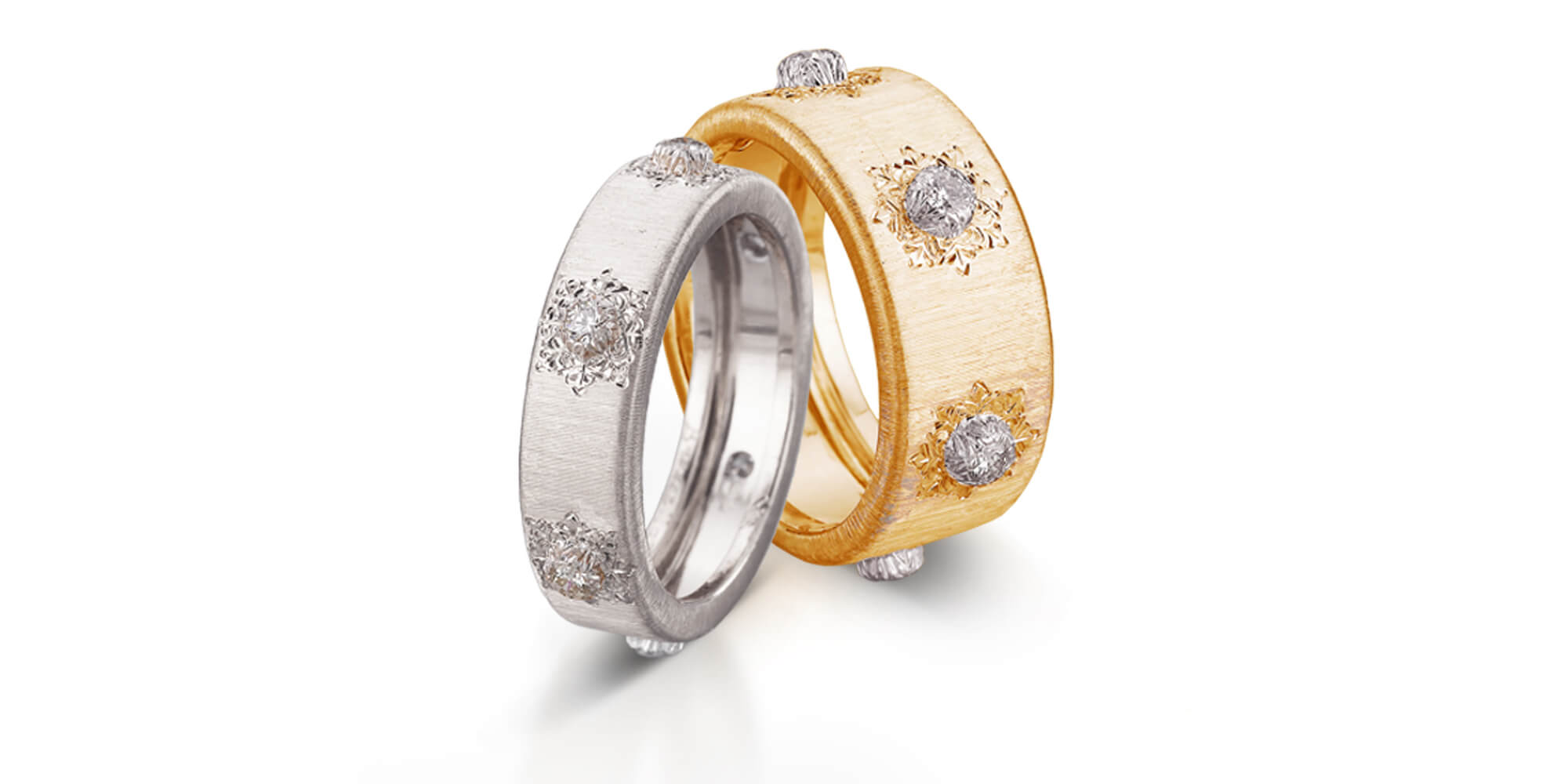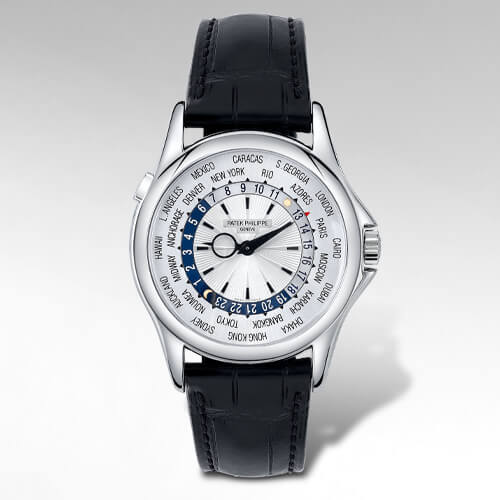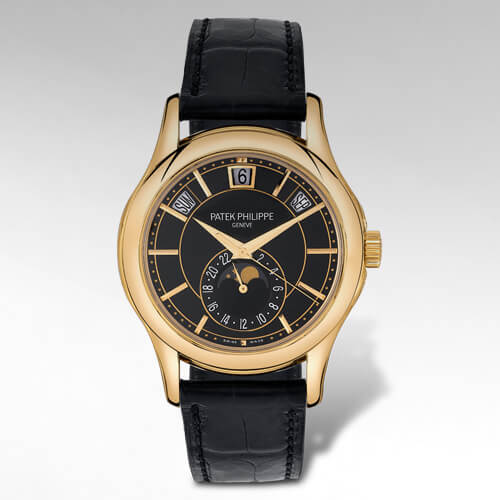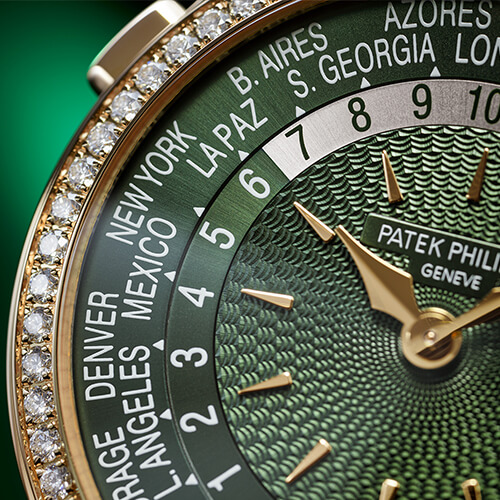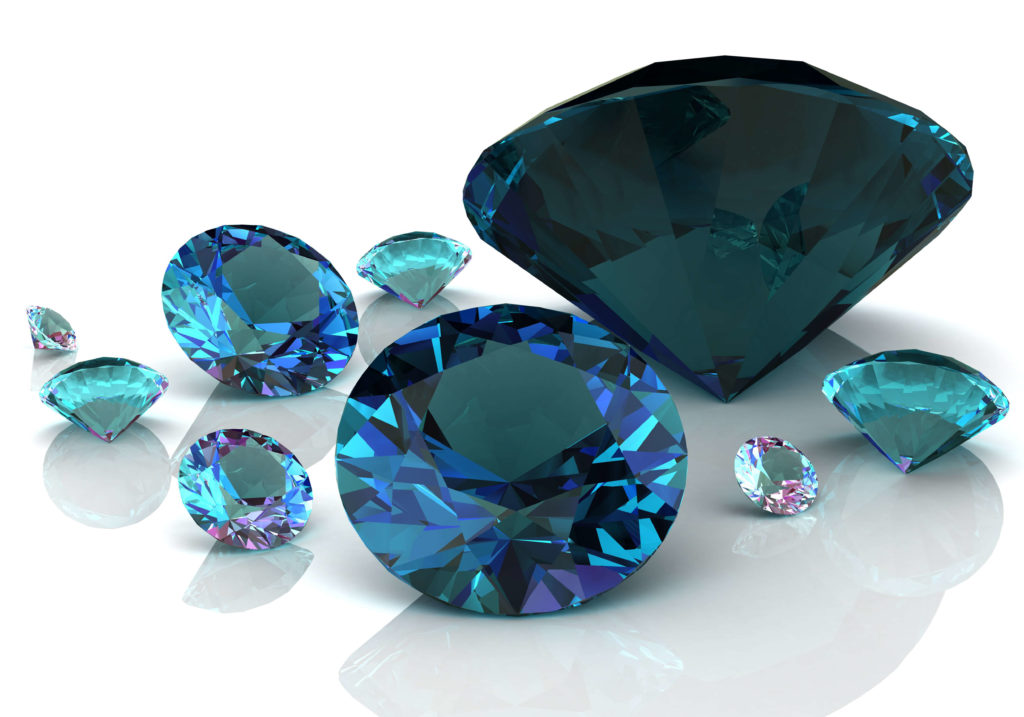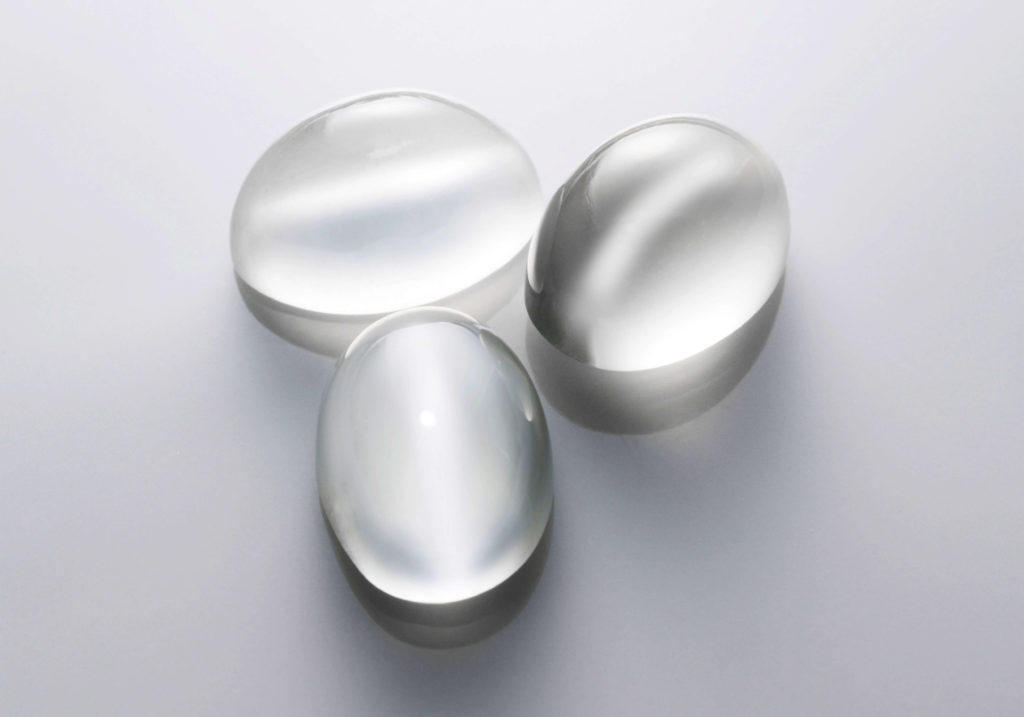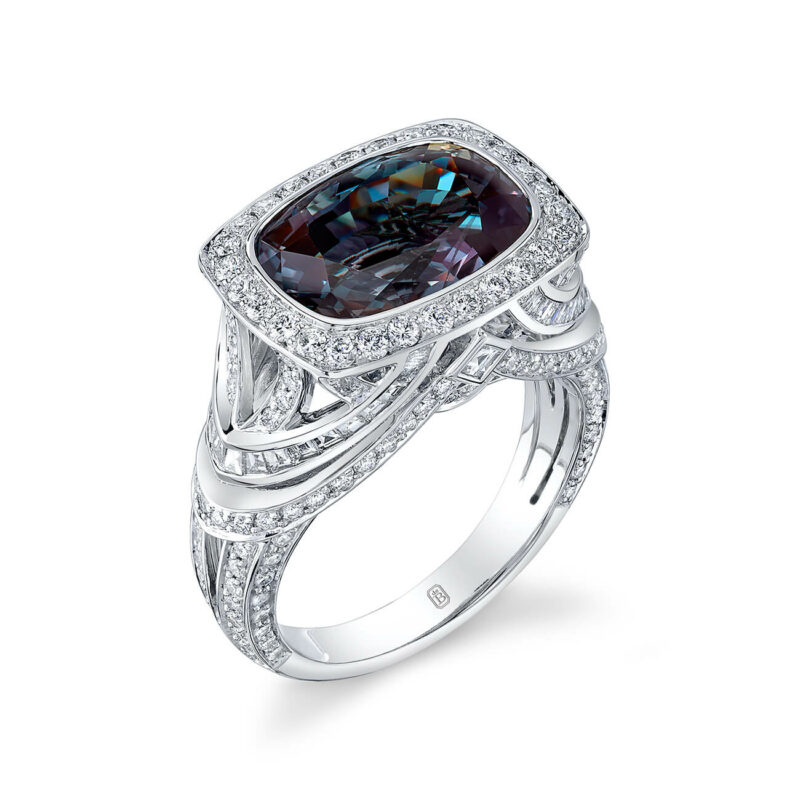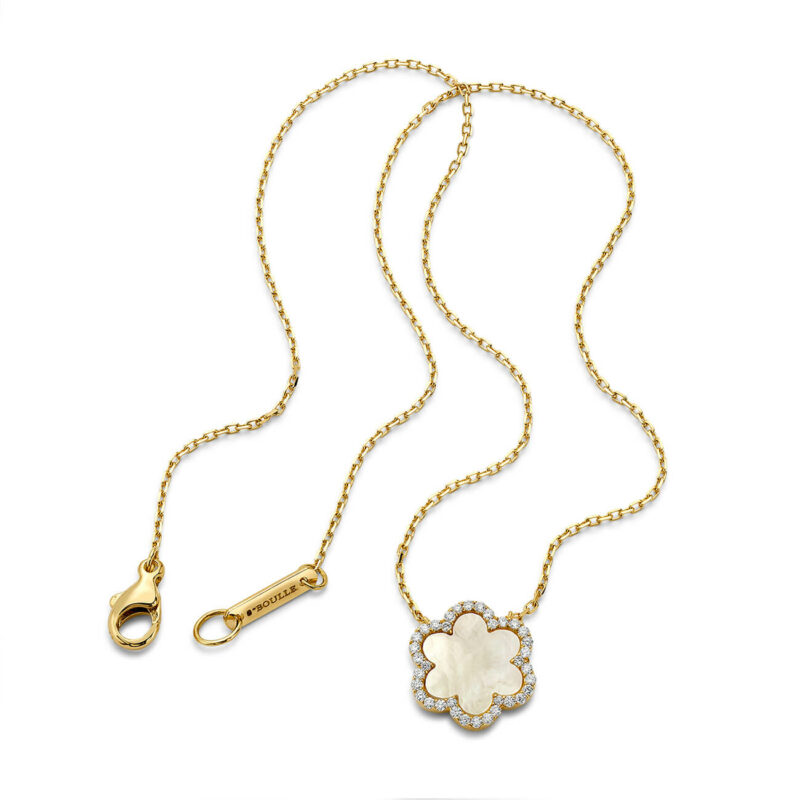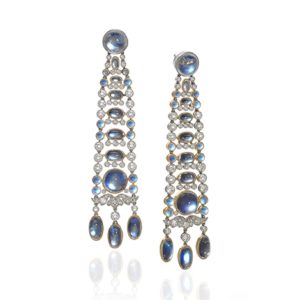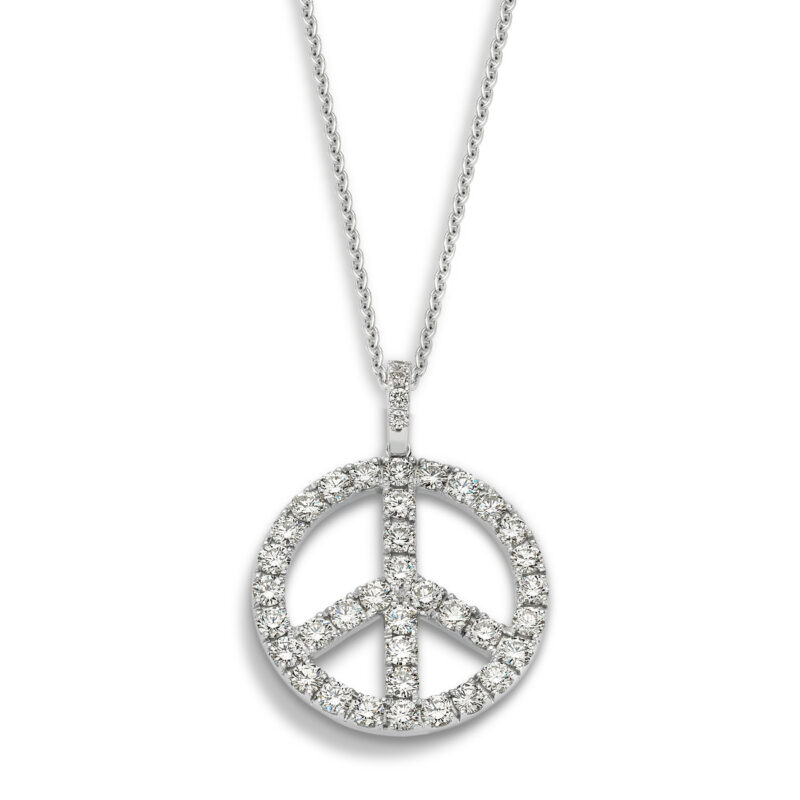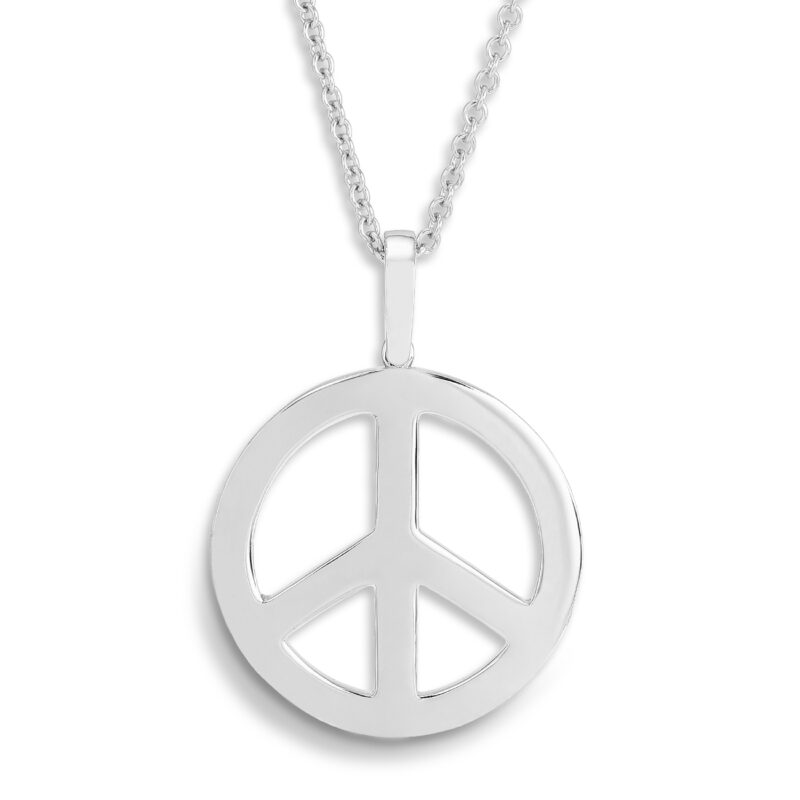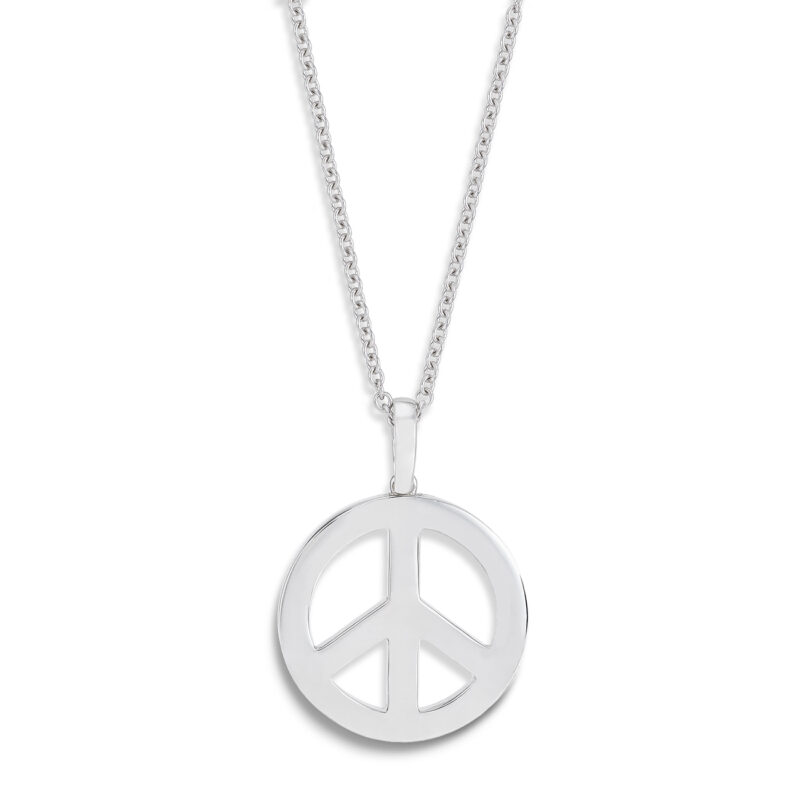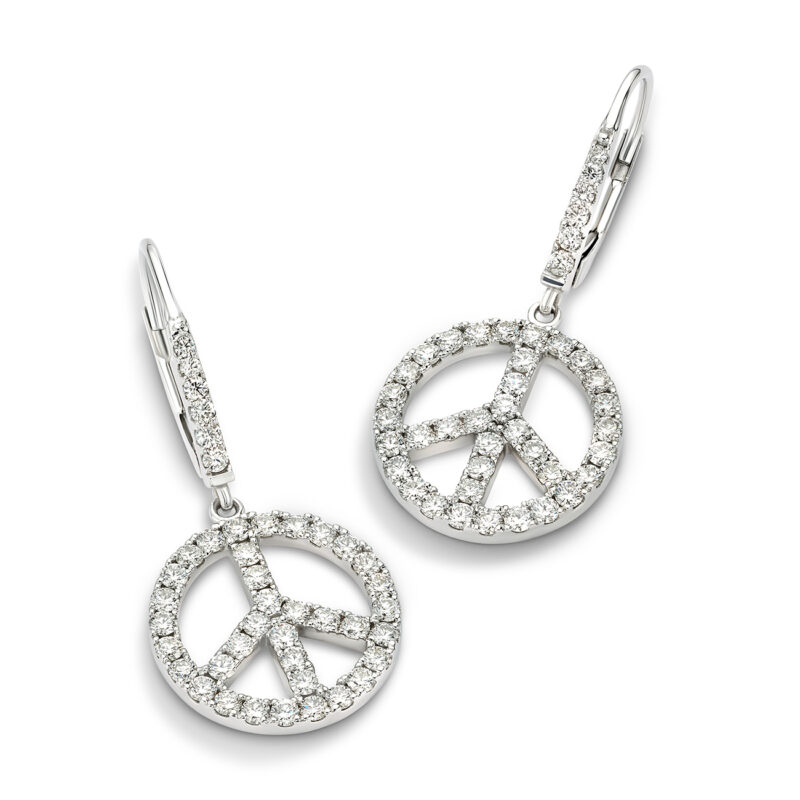June is one of three months (the others are August and December) that has multiple birthstones. You have three beautiful birthstones to choose from: alexandrite, moonstone and pearl. June’s birthstones range from the lustrous pearl to the shimmering moonstone to the color-change alexandrite.
Pearls:
Pearl is sourced from rivers, lakes and oceans throughout the world. Pearls are a timeless jewelry choice and are loved by women of all ages. Ancients from the Middle East said that they were teardrops that fell from Heaven and the Chinese believed this birthstone came from a dragon’s brain.
Pearls form inside the tissue of a living freshwater or saltwater mollusk; an oyster or mussel. Cultured pearls are man-made when a technician implants a piece of mantle tissue alone or using a mother-of-pearl bead into a mollusk. Cultured pearls are made in pearl farms to ensure the mollusks are cleaned and stay protected and in time are harvested. Because of thousands of years of pearl fishing; cultured pearls account for most pearl sales today. Pearl farms are in many areas around the world, but China is the leading source of freshwater cultured pearls.
Pearls correspond with purity, humility and innocence and were traditionally given to brides as a wedding gift. In ancient text, pearls were said to grant long life and prosperity.
One of the most known natural pearls is a 50.56 carat La Peregrina and is close to the size of a pigeon’s egg. It was discovered in the Gulf of Panama in the 1500s and became a prized possession of European royalty. It was later made into a Cartier necklace that was gifted to Elizabeth Taylor by Richard Burton in 1969. Pearls are a relatively soft gem and need special care. To prevent scratching, keep them separate from other jewelry pieces. The best way to clean your June birthstone is with a soft, damp cloth.
Alexandrite:
Alexandrite is the modern June Birthstone and gem experts describe it as “emerald by day, ruby by night.” It is a rare color-change variety of the mineral chrysoberyl and the transformation is often called “the alexandrite effect.” Because it is so rare and harder to source, it is relatively expensive and a valuable and cherished piece to own.
This gemstone was first discovered in 1830 in Russia’s Ural Mountains. It caught attention because its red and green colors reflected the national military colors of Russia. Alexandrite was named in honor of Alexander Nicholavich who later became the Russian Czar Alexander II. It can now be found in Sri Lanka, East Africa and Brazil.
This chameleon-like gemstone naturally changes color from bluish-green in the daylight to purplish-red in incandescent light. This happens due to the way the mineral takes in the light.
You can usually have your Alexandrite cleaned in an ultrasonic or steam cleaner. Alexandrite is not normally treated, although some can have fractures. Fracture-filled gemstones should only be cleaned with warm, soapy water.
Alexandrite is also the gem for the 55th wedding anniversary.
Moonstone:
Moonstone is another desirable June birthstone. It is somewhat fragile and loved by many for its blue to white adularescence-a billowy, moonlight-like sheen. In general, moonstone that is more transparent and colorless and bluer the adularescence, the higher the value.
The most valuable colorless, transparent moonstones with a blue sheen were found in Myanmar. Today, this material is essentially mined out. Many that are available today have been passed throughout dealers and collectors, which increases the prices.
Colors range from colorless and shades of yellow, gray, green, pink, red, orange and brown. Moonstones have influenced some romantic lore and have been associated with fertility love, protection and obviously the moon. In Germany and Scandinavian nations, moonstone is the preferred June birthstone.
This gemstone is sometimes referred to as “adularia” after Mt. Adular in Switzerland, a famous source for these gems. Adularescence happens by the diffraction of light as it hits thin, alternating layers of orthoclase and albite inside the gem. They are one of the rare gems that have inclusions so characteristic that when viewed this guarantees their identity.
Moonstone is rarely found to have a large size and find quality, however Indian material with strong color of the body is plentiful and inexpensive. It is usually well-cut and very beautiful. They should receive protective settings, especially in rings to prevent scratching.
An ultrasonic or steam machine are not safe for Moonstones and it is best to wash this gemstone with warm, soapy water and a soft brush.
